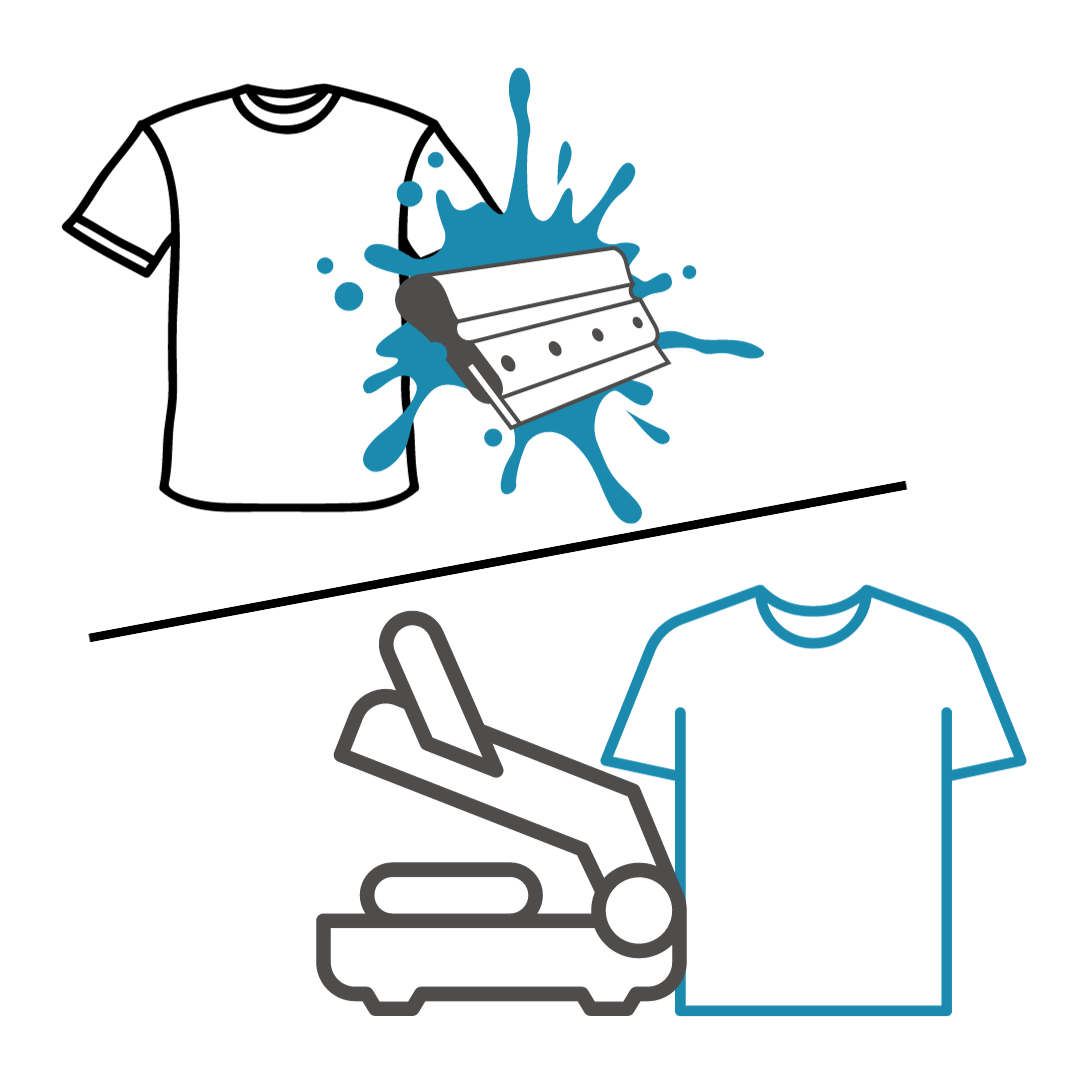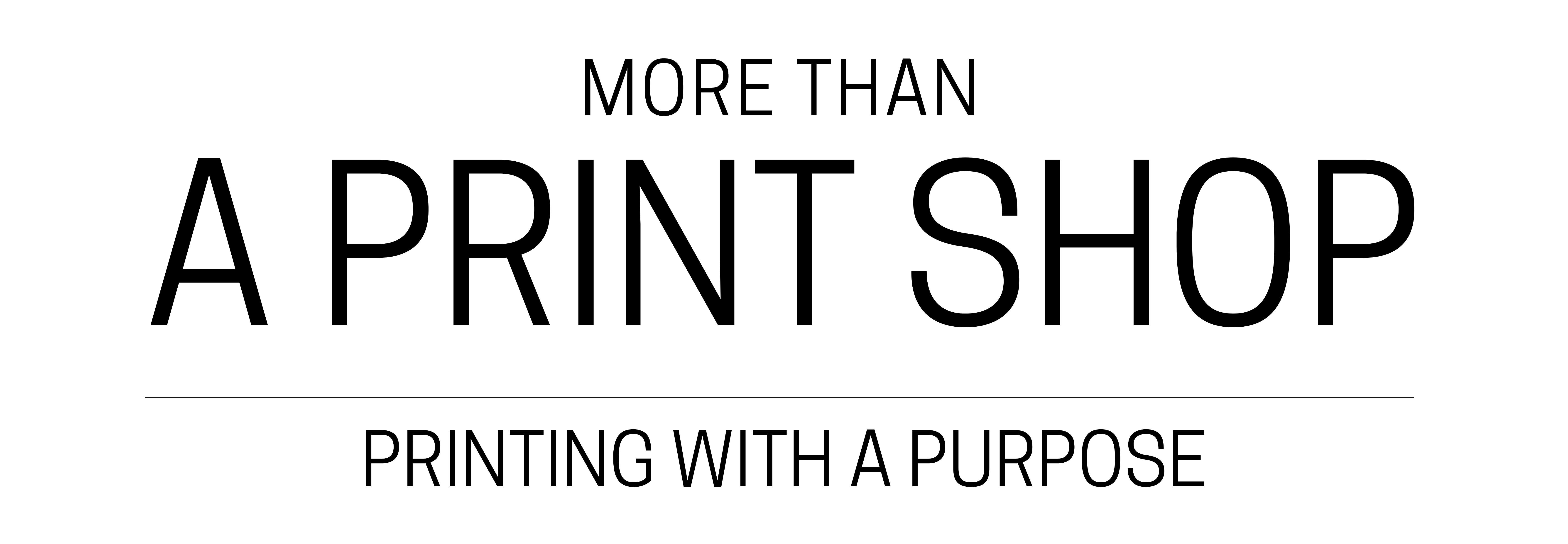When it comes to customizing apparel, two popular methods have gained immense popularity in recent years - plastisol screen printing and DTF (Direct to Film) heat transfer. Both techniques offer unique advantages and are ideal for various situations. In this blog post, we'll explore the differences between plastisol screen printing and DTF heat transfer to help you determine which one suits your needs best.
Plastisol Screen Printing:
Plastisol screen printing is a traditional and widely-used method for applying designs to clothing. Here's a breakdown of what it entails:
1. Ink Application: Plastisol ink is applied directly to the fabric using screens or stencils. This ink is thick, creating a raised texture on the fabric.
2. Durability: Plastisol ink is known for its durability. It can withstand numerous washes without fading or cracking, making it an excellent choice for work uniforms, team jerseys, or promotional merchandise.
3. Color Vibrancy: Plastisol inks produce vibrant and opaque colors, ensuring that your designs pop on any fabric color.
4. Limitations: While plastisol screen printing offers excellent durability and color vibrancy, it may not be suitable for highly detailed or complex designs. This method also involves setup costs for creating screens, making it less cost-effective for small orders.
DTF Heat Transfer:
DTF, or Direct to Film, heat transfer is a modern and versatile printing technique that has been gaining traction in the apparel customization industry. Here's a closer look at DTF:
1. Digital Printing: DTF uses a digital printer to directly print the design onto a special film. The film is then transferred onto the fabric using a heat press.
2. Detail and Versatility: DTF excels in capturing intricate details and full-color designs, making it an excellent choice for custom apparel with photo-realistic prints, gradients, and small text.
3. No Screen Setup: Unlike screen printing, DTF doesn't require the creation of screens, making it a cost-effective option for small print runs.
4. Soft Feel: DTF prints have a soft, flexible feel on the fabric, ensuring a comfortable wear.
The choice between plastisol screen printing and DTF heat transfer ultimately depends on your specific needs and preferences. If you require durability and vivid colors for simpler designs, plastisol screen printing may be the better option. On the other hand, if you need intricate, full-color designs, DTF heat transfer is an excellent choice.
It's essential to consider factors like the complexity of your design, the quantity of items needed, and your budget when making a decision. Whichever method you choose, both plastisol screen printing and DTF heat transfer can help you achieve fantastic, customized apparel to suit your unique style or business branding.

